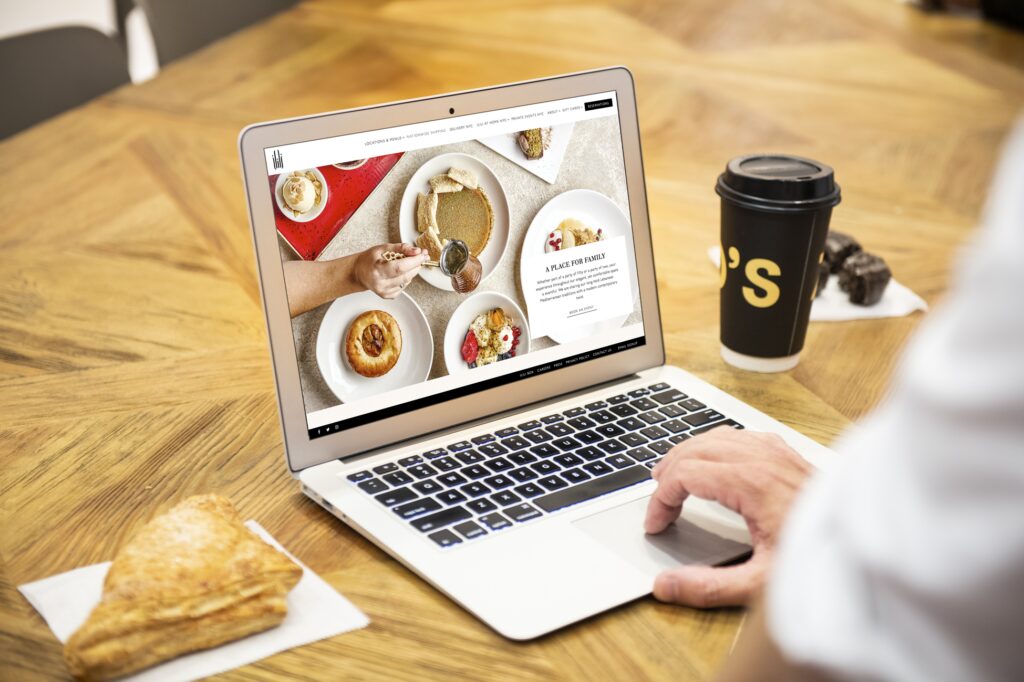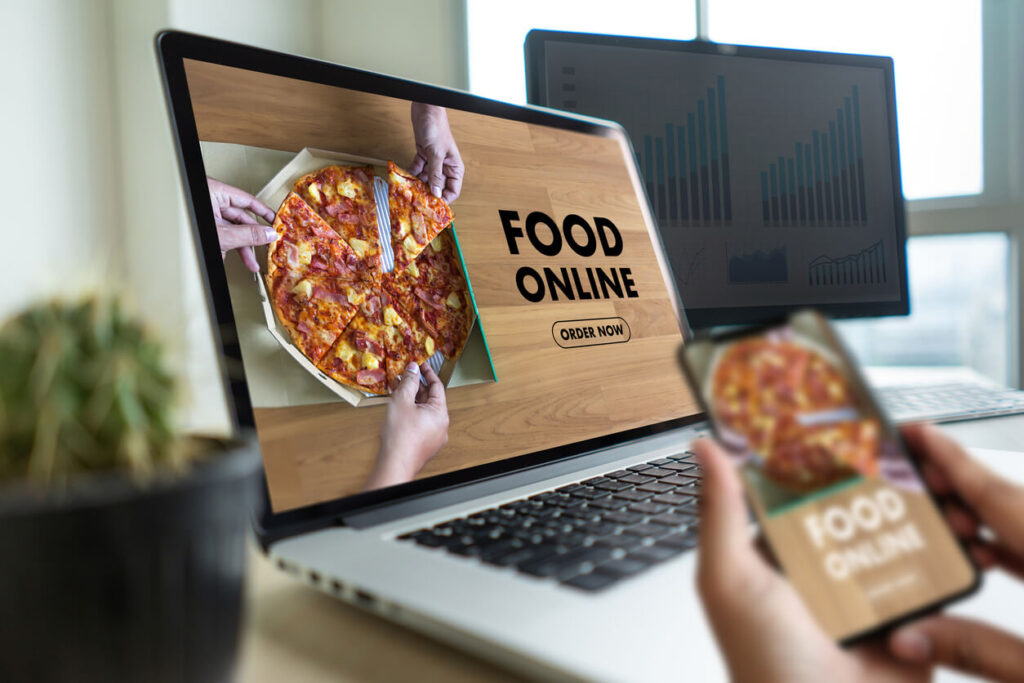In the age of the internet, nothing is more important than a business’s online presence. The internet is how people find new places to dine, and your restaurant’s online resources contribute not only to attracting new customers, but retaining them as well. Social media platforms, review outlets, and your official website all contribute to customers’ decisions where to eat.
Your restaurant’s website is not only an extension of your restaurant, but a representation of it as a whole, so you’ll want to take your time when choosing what goes on it. Ensuring that your restaurant’s website has everything it needs will not only benefit you, but your customers as well.
1. Thoughtful Design Elements

Source: essentialit.com
All businesses, especially restaurants, need a consistent aesthetic that best represents the brand and its goals. You want your website to reflect the intentions and purpose of your restaurant, as well as showcase its offerings in the best possible ways. When deciding what elements of design to incorporate in your restaurant’s websites, you want to think thoughtfully about the details that make your restaurant stand out from the rest. Choose design elements that best represent the heart and soul of your restaurant, and be sure to lay out the format thoughtfully. Be sure to include images as well that best showcase your offerings and specialties.
Your website should be both aesthetically pleasing and easy to navigate. Developing a media branding kit is a great way to ensure that your online appearance stays consistent and correctly represents your restaurant. Your website is arguably the most important of all of your online platforms and should be given careful thought when it comes to designing. Online menu design software from services like MustHaveMenus can help simplify the process, boost sales, cut costs, and improve the overall experience of your guests. The website is typically the first place that customers will look to in order to make a decision about where to eat, and their experience on yours can determine whether or not they choose to dine with you.
2. Make Sure Your Menu is Available and Updated
When customers are deciding what restaurants to add to their dining repertoire, they will likely check out menus online. The more detailed and up to date your menu, the more likely customers will be to stop in for a meal. Your menu should be easily accessible and readable online, and your website should have it readily available for customers’ viewing. Be sure that all of the details of your menu are not only available, but accurate.
Your menu should constantly be updated with any changes, new ingredients, allergen information, and seasonal options. If your website’s menu is not consistent with what you actually offer, customers may be disappointed when they can’t get what they came for. If your restaurant offers more than a singular menu, be sure to include them all. Having easy-to-find, clear menus, will ensure that customers can find what they are looking for with ease.
3. Information Regarding Reservations

Source: getbento.com
If your restaurant takes reservations, you want to be sure to include details as to how to make one. For customers who like to plan in advance, direction on how and where to make a reservation is essential. Many restaurants use third party companies to manage reservations and if that’s the case for your restaurant, make sure to clarify that on your websites. Include a separate page for information on reservations and guidelines.
If your restaurant takes reservations in the more typical format such as email or phone call, make sure to include that contact information and directions on how to reserve. Also make sure to include details as to reservation limitations and accommodations, such as how far in advance reservations can be made and a note on how to make specific requests.
4. Incorporate QR Codes for Touch-Free Menu Access
During the COVID 19 pandemic, many restaurants made the decision to forgo physical menus in exchange for online menus that can be easily and efficiently accessed with QR codes. Even after we’ve returned to normalcy, many restaurants have chosen to keep the touch-free menu option.
Removing physical menus from restaurants is just one way to eliminate the shared unnecessary contact of certain items. If this is something you have chosen to incorporate, you want to be sure that the QR codes and what they link to are updated and accurate. QR code tools (if you’re looking for one, MustHaveMenus has a great free QR code tool that integrates with their other menu tools) are one way to ensure that your utilization of the resource is well-executed and successful. QR codes can also be used for reasons beyond menus including links to social media, email list sign ups, and more.
5. Make Sure Content is Accessible to All

Source: blog.shift4shop.com
Something that many businesses don’t take into consideration when it comes to their online platforms is accessibility and what that means. Websites specifically need to pay special attention to tools of accessibility and how to best utilize them. One component of accessibility that many companies don’t pay attention to is mobile navigation. Because many customers access restaurant websites on their phone, you want to ensure that the navigation experience translates smoothly to mobile devices. You will want to make sure that your website is user-friendly on all technological fronts.
There are many ways that users consume online information so try and make sure the process is easy for every possible method. There are also tools such as alt-text that makes your website more accessible to people with visual impairments. Alt-text (alternative text) allows websites to provide descriptions for images. Alt-text not only benefits your customers and their ability to access your content, but it also contributes to your website’s rank on search engines. Alt-text also gives search engines context about what is on the page. It’s also a good idea to pay attention to the features of your website and any information about in-person accessibility. Is your restaurant able to accommodate wheelchair users? People with allergies? Make sure this information is also available for your customers.



